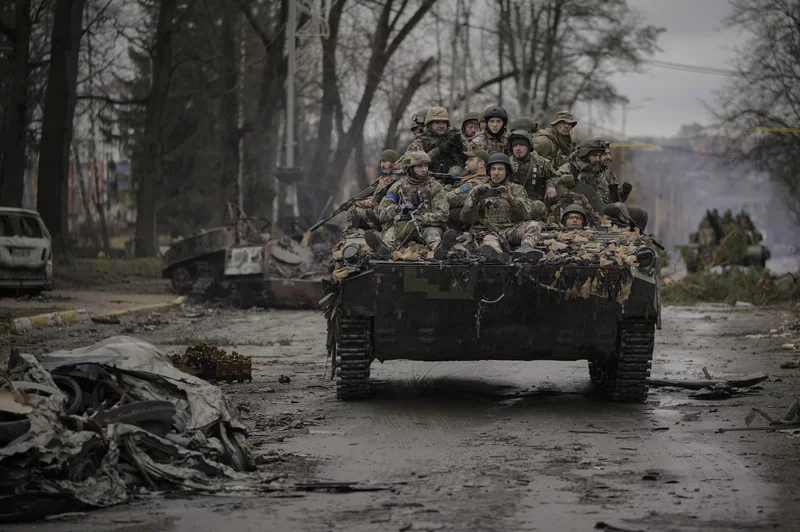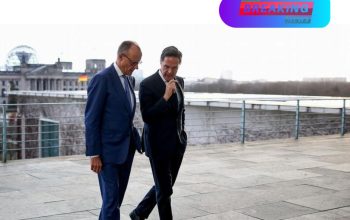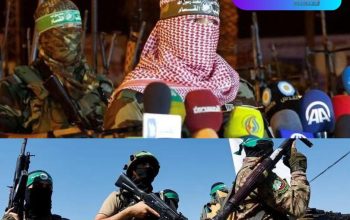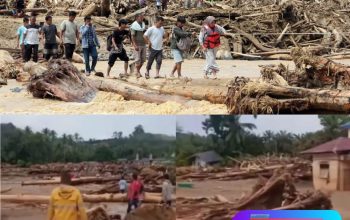The Russia Ukraine war stands as one of the most consequential and destructive conflicts of the 21st century. Initially sparked by Russia’s annexation of Crimea in 2014, the situation escalated into a full-scale invasion by February 2022. Since then, the war has triggered far-reaching geopolitical, military, humanitarian, and economic upheaval. As of mid-2025, despite numerous international efforts, the Russia Ukraine war shows no signs of nearing a resolution.
This article explores the origins, major developments, and broader implications of the conflict, including its impact on regional security in Eastern Europe, NATO’s evolution, economic disruption, humanitarian crises, and the shifting global balance of power.
Origins of the Conflict
The roots of the war stretch back to Ukraine’s 2013–2014 Euromaidan protests, which overthrew a pro-Russian president and signaled a westward shift in Ukraine’s foreign policy. In response, Russia annexed Crimea and began backing separatist movements in Donbas. For eight years, low-intensity warfare persisted in eastern Ukraine.
In early 2022, Russia launched a massive invasion from multiple directions. The Kremlin cited NATO expansion and Ukraine’s western ties as threats. Despite expectations of a swift victory, Russian troops faced fierce resistance. Ukraine, fueled by patriotism and international support, mobilized its society for total defense.
Russia Ukraine War: Military Developments 2022–2025
After initial rapid advances, Russia’s offensive stalled near Kyiv. Ukraine pushed back Russian forces from the north and later recaptured key territories such as Kherson and parts of the Kharkiv region. The war then settled into a grinding war of attrition, marked by trench warfare, artillery duels, and drone strikes.
In 2023, Ukraine launched a major counteroffensive but struggled to penetrate deep into fortified Russian lines. Delays in Western arms shipments, along with Russia’s control of the skies, blunted the impact. Russian forces launched their own offensives in the Donbas, gradually capturing towns like Bakhmut and Avdiivka at heavy cost.
Ukraine adapted by deploying advanced drones, long-range missile systems, and coastal attacks on the Russian Black Sea Fleet. Ukrainian naval drones and sabotage missions disrupted Russian supply lines and forced Russian warships to withdraw from Crimea. These asymmetric tactics weakened Russia’s naval dominance in the Black Sea.
By mid-2025, the frontlines remained largely static, but localized offensives, missile strikes, and drone attacks continued daily. Both sides suffered hundreds of thousands of casualties, with Russian losses reportedly surpassing 300,000 troops.
NATO’s Role in the Russia Ukraine War
Ukraine’s survival has depended heavily on military and financial aid from the West. The United States led the assistance effort, providing advanced artillery systems, air defense equipment, armored vehicles, and long-range missiles. European countries also contributed, sending tanks, training soldiers, and offering humanitarian relief.
In response to the war, NATO significantly reinforced its eastern flank. Finland and Sweden abandoned decades of neutrality and joined the alliance. NATO deployed new battlegroups in Poland, the Baltics, and Romania, while increasing joint exercises and air patrols.
Russia condemned NATO’s expansion and vowed to respond militarily. Moscow strengthened troop deployments near its western borders and developed new missile systems targeting NATO infrastructure. The strategic balance in Europe has shifted decisively, with Russia facing a stronger and more united NATO.
Stalled Peace Talks in the Russia Ukraine War
Efforts to achieve peace have repeatedly failed. Ukraine demands a full Russian withdrawal and restoration of its territorial integrity. Russia insists on recognition of its annexations and Ukraine’s neutrality.
International summits in 2023 and 2024 failed to produce breakthroughs. Some Global South nations called for negotiations, but many refused to condemn Russia outright. China and India maintained a neutral stance, emphasizing dialogue and nonalignment.
In mid-2025, Ukraine offered to restart talks and proposed a summit between the two presidents. Russia acknowledged the proposal but set preconditions Ukraine refused to accept. As of now, meaningful negotiations remain elusive.
Eastern Europe on Edge: Regional Security After the Invasion
The war has profoundly reshaped regional security dynamics. Eastern European countries now perceive Russia as an existential threat. Defense budgets have surged. Poland built a border wall with Belarus. The Baltics reinforced cyber defenses and civil defense drills resumed.
Finland and Sweden’s entry into NATO expanded the alliance’s presence in the Baltic and Arctic regions. NATO now borders Russia more extensively, which has caused heightened tensions and military build-ups on both sides.
Moldova, Georgia, and other post-Soviet states fear becoming the next targets. Russian propaganda and hybrid tactics continue destabilizing these nations. NATO and the EU have ramped up support to prevent further escalation in the region.
Global Energy and Economic Fallout from the Russia Ukraine War
The war triggered an energy crisis in Europe. Russia cut off most natural gas exports, forcing EU countries to seek alternatives. Liquefied natural gas from the United States and renewables filled part of the gap. Energy prices soared, pushing inflation across the continent.
European countries accelerated their energy transition plans and pledged to eliminate Russian fossil fuel imports by 2027. However, internal divisions, especially in countries dependent on Russian energy, complicated implementation.
Russia redirected its energy exports to Asia. China and India became top buyers of discounted Russian oil and gas, providing Moscow with critical revenue. Still, sanctions and export bans limited Russia’s access to key technologies, weakening its long-term economic prospects.
Ukraine’s infrastructure suffered immense damage. Russian missile strikes destroyed power plants, substations, and grain ports. Millions experienced blackouts. Reconstruction costs have ballooned to over $500 billion. Meanwhile, agricultural exports – vital for Ukraine’s economy – shrank due to port disruptions and mining of farmland.
Humanitarian Crisis Triggered by the Invasion
The war caused one of the largest refugee crises in modern history. Over eight million Ukrainians fled the country, with Poland, Germany, and other European states absorbing the majority. Millions more became internally displaced.
Civilian casualties continue to rise due to constant shelling, missile attacks, and urban combat. The destruction of the Kakhovka dam in 2023 flooded vast areas and displaced tens of thousands. Schools, hospitals, and residential buildings lie in ruins across eastern and southern Ukraine.
Russia forcibly deported hundreds of thousands of Ukrainians, including children, to its territory. International organizations condemned these actions as war crimes. Efforts to reunite families remain complicated and politically sensitive.
Healthcare, education, and social services in Ukraine operate under extreme strain. Mental health issues have spiked. Trauma, grief, and loss have become daily realities for millions.
Geopolitical Realignment
The war has accelerated the transition to a multipolar world. Western countries solidified their alliance, forming a united front against Russian aggression. The United States and European Union imposed sweeping sanctions, cut trade ties, and pledged long-term military and financial support to Ukraine.
Russia turned toward China, deepening economic and strategic ties. China remained officially neutral but supported Russia through trade, technology transfers, and diplomatic cover. The partnership between Moscow and Beijing now challenges the U.S.-led global order.
Many Global South countries adopted a nonaligned stance. They refused to take sides, seeking to protect their economic interests. Some increased imports of Russian energy and food, benefiting from lower prices. Others called for peace but avoided criticizing Moscow directly.
International institutions face growing pressure to reform. Global South leaders demand more influence in decision-making. The war highlighted the need for more inclusive global governance that reflects 21st-century realities.
Conclusion
The Russia–Ukraine war has reshaped the world. It reignited great power rivalry, shattered Europe’s post–Cold War security architecture, and triggered massive humanitarian and economic disruption. Despite battlefield stalemates, the consequences of the conflict ripple far beyond Ukraine’s borders.
Whether through diplomacy or continued military struggle, the outcome of this war will define the global order for decades. The choices made today by leaders in Kyiv, Moscow, Washington, Brussels, Beijing, and beyond will shape peace, prosperity, and security for future generations.



